“Actually, the true gourmet, like the true artist, is one of the unhappiest creatures existent. His trouble comes from so seldom finding what he constantly seeks: perfection.” – Ludwig Bemelmans
I think I’m going to miss the butter most of all.
Because this was no ordinary butter. No, this was a smooth, oblong, silky obelisk the size of a football, stood on end on its own trolley, waiting to be shaved and savored to your heart’s content throughout the meal.
Bordier butter it was, and we shall not see its like again. Not in a Vegas restaurant; not in my lifetime anyway.
The irony of me missing the butter most of all should not be lost on you, since the chefs did precious little to prepare the soft, spreadable, sunshine yellow sculpture for your table. It probably represented the least amount of work, skill, and creativity of anything on the menu at Joël Robuchon. But it also represented a level of sublime decadence and luxury unseen in these parts before Robuchon planted his very very French flag here in 2005.
And now it is gone. No one has announced its permanent exit from Vegas — the suits running the show are too crafty for that. They will keep everyone in suspense, hoping against hope that Las Vegas will return to its former glory and slabs of sunshine yellow, smooth as silk, milk fat will once again magically appear at your table .
But our best guess is the butter, like the Robuchon restaurants, have departed, never to return.
Have I been told this by someone? Yes and no. Some employees of the restaurants were given their walking papers back in September, and asked not to make a big deal about it. Will the MGM announce that JR is gone for good? Not anytime soon, even if the decision has already been made. Good luck with that, MGM!
Is there a scenario whereby, a year or two from now, a set of circumstances will come together to re-open one of the best restaurants in the world because Vegas has rebounded so much that gastro-tourists and high-rollers are (once again) clamoring to eat at the mega-expensive, namesake restaurant of a chef who died two years ago? Yeah….but don’t bet on it.
If a Robuchon restaurant is resuscitated, it will most likely be L’Atelier (above) — a more modest link in the JR chain, and certainly an easier one to re-attach. So many more of our temples of gastronomy will soon suffer the same fate. But more on them in a moment.
<<<<<<>>>>>>>>>
I was once married to a gal who had once (in the 1970s) been married to a Vegas casino executive. She told me tales laced with incredulity about how hotels would decide their restaurant lineups back in those leisurely leisure suit days. Everything was fungible; nothing but the coffee shop was sacred. In the blink of an eye and snap of the fingers, an under-performing Italian might be plowed under for a tiki lounge; or some bigwig’s wife would get a craving for kung pao chicken and pow! — in a matter of weeks, in would come a Chinese eatery.
Casino money back then was spent fast and loose; restaurants were amenities; they had to be good, but they didn’t have to be important.
Sometime in the early 21st Century, the restaurants here started to be important. Important to tourists, high-rollers, the reputation of Las Vegas and the bottom line. With importance came quality (Robuchon, Savoy, Gagnaire, Boulud, Andrés, Batali…), with quality came pressure to succeed, and maintain that success. In retrospect, it is a wonder we sustained it for so long.
Back in the day, this storm would’ve been weathered much more easily. International reputations and 30 page licensing/profit-sharing deals weren’t part of the equation. There were no public relations minefields to navigate, nor the gaze of the food world to deflect. Eating out wasn’t entertainment, it was something you did when you weren’t home to stay alive.
Opening and closing casino restaurants was no big deal in 1980. There were no prying eyes or oversized egos to contend with. All you had to do was keep the gamblers happy.
Closing restaurants in the early months of 2021 is going to be a very big deal for Las Vegas. It will signify a sea change in how we eat and how the world perceives us. Like old rock stars, some of the “name brands” will hang around, cycling through their old hits, but one by one, they will slowly be put out to pasture.
<<<<<<<>>>>>
 (Mon. Bordier with his beauteous beurre)
(Mon. Bordier with his beauteous beurre)Back to the butter. It was glorious: rich, fresh, deeply creamy, sweet — like no butter Vegas had ever tasted. In summer it had a savory lilt; in winter, a sweeter one.
Waiters in fine French restaurants talk about such things: such things as butter that takes days to make and is delivered in 50 kilo sizes to the most expensive restaurants in the world so people can swoon over ivory-yellow towers of football-sized thickened, cultured cream to slathered on the best baked goods in the business….or just eaten with a spoon, which is what I did.
The butter was only the beginning at Joël Robuchon. After it, the courses cascaded down, one after one, until the the food and wine and service converged into a single gestalt of gustatory perfection. Food so perfect it would take your breath away. A meal so special only a handful in the world could compete with it.
Las Vegas did not get these restaurants and their fancy butters because we were a town of appreciative gourmets. We got them because for thirty years the world treated us as its playground, servicing all of its seven sins, ready to serve a clientele flush with cash and eager to part with it.
They stood like beacons to the hungry and starstruck once — these outposts of Puck, Lagasse, Flay, Trotter, Maccioni, Mina, Ramsay, the Michelin stars, the gastronomic gods — like nowhere else on earth, crammed together, right in our own backyard.
But no more. Those days are gone with the wind. The winds of change, of Covid, of a recovery that will take years. This will not be like the Great Recession of 2008-2012. Then, people retained their hunger for Vegas, their yearning for sin, their eagerness to unleash their ids in defeat of all superegos. All they lacked back then was equity, or corporate expense accounts — the two things our economy relied on to keep the hotels full. But all of those were in reserve waiting to be unleashed when the economy loosened up. And loosen up it did. And Vegas came roaring back stronger than ever. Until 2020 hit.
<<<<<<>>>>>>
Somehow the butter — from French cows that traveled 6,000 miles to be here — represents all that we have lost. Of course, neither it nor the meals it preceded were for everyone: How many people don’t blink at spending $500/pp on dinner? We’re talking rarefied air here, something even the most dedicated, well-heeled fresser might only indulge in occasionally. (No one appreciates fine French more than yours truly, but even in my haughtiest, haute cuisine heyday, too many supercilious meals in a row would have me craving a burger or pizza.)
But the Robuchons, Savoys, Minas, Ducasses and Maccionis represented something that transcended their super swanky settings: they meant Las Vegas had arrived on the big kitchen stage and deserved to be there.
Now the stage will shrink and with it, our reputation. This isn’t the 80s: we can’t just throw up another in-house concept and keep the customers satisfied.

And then we became known for such things: for outposts of celebrities we had seen cooking on TV; for the stars who were then gracing the covers of food magazines, appearing on cooking contests, hobnobbing with the cool kids. From anonymity to superstardom in 30 years — it happened to chefs, and it happened to Las Vegas’s food scene, almost on parallel tracks. And it all culminated with that tower of butter in a 40-seat jewel box tucked into a corner of a mega-casino: ruining us forever for other luxury meals — because everything looks like a valley once you’ve been to the mountaintop.
There will always be a place for super-posh ultra-refined dining. The best-of-everything crowd will demand it, and world capitals like Paris, London, New York and Tokyo will provide it. And for a glorious quarter-century, so did a tacky tourist town in the middle of the High Mojave Desert.
Culinary reputations aren’t built solely upon ethereal ingredients, intensive care service, and wallet-bending meals fit for a king. But remove that level of excellence and what continues will be barely an echo of a time when the world took us seriously, we seemed to have it all, and we could boast of being among the best.
<<<<<<<<>>>>>>>
The following represented our gastronomic scene at its peak. These were the important ones; the ones that put Las Vegas on the map. A few will make it; most won’t. (My crystal ball tells me the Vegas of 2030 will resemble Branson, Missouri more than an ersatz Paris.)
Restaurant Guy Savoy (Against all odds, has reopened and is thriving; I’d eat here weekly if my bank account and waistline would let me.)
Le Cirque (If you think I’m sad about Joël Robuchon….)
Michael Mina (Has always been an underrated gem.)
Jaleo (Still sets the Spanish standard.)
‘e’ by José Andrés (Amazingly, has also re-opened. Having only 8 seats helps.)
CUT (Packed five nights a week.)
Emeril’s (Still busy; still good; still a bitch to get to.)
Bazaar Meat (Steakhouses will be the only survivors of the coming gastronomic genocide.)
Spago ( Spago 2.0 has scaled back its ambitions and is still solid, if unspectacular.)
Twist by Pierre Gagnaire (“Temporarily Closed,” but they’re not fooling anyone. I was told it was on the chopping block two years ago.)
L’Atelier de Joël Robuchon (see above)
Joël Robuchon (see above)
Picasso (For its first decade, as pitch-perfect as a restaurant can be. For its second, a little stale. Those paintings though.)
Hall of Fame
Bartolotta Ristorante di Mare (Still doesn’t get enough credit for the excellence it brought to our burg.)
ALEX (Spectacular, but in so many ways, destined for failure.)
Aureole (Lost its fastball after five years and never recovered its form.)
Bradley Ogden (Was like one of those ensemble movies where the young cast all go on to be big stars. Amazing talent; incredible food. A shooting star.)
Carnevino (If only Mario could’ve kept his dick in his pants. I know Mario, it’s hard when you’re a sex symbol.)
Circo (I treated it like a private club in its early years; Vegas will never again taste Tuscan this good.)
Boulud Brasserie (The original in the Wynn was something special….for about 3 years.)
miX (Ditto, just substitute Mandalay Bay for Wynn in the above sentence.)
B & B Ristorante (Best. Pastas. Ever.)
Valentino (Terrible layout; wonderful wine; never got the traction it deserved, despite awards and accolades.)
Spago (The original; the granddaddy; the restaurant that started our revolution. )
Fleur de Lys (One of the most beautiful restaurants anywhere….until Mandalay Bay ruined it.)
Mesa Grill (Yes, Mesa Grill. You’re welcome, Bobby.)
RM Seafood (Along with Bartolotta, Rick Moonen brought heavyweight chops to our shores, and made us take seafood seriously.)
Charlie Trotter (Charlie was too early (’94) and too late (‘o9) to the Las Vegas restaurant party.)
Coyote Cafe (Was too good for Vegas’s knuckle-dragging hordes. Too authentically southwestern; too spicy; too excellent. The Food Gal® and I had our first kiss at this bar. Sigh.)
Sage (Like Fleur de Lys, an eye-popping design with food to match.)
Napa (Jean-Louis Palladin’s last stand)
Renoir (Alex Stratta’s first Vegas foray)
Vetri (Gone for good, but its progeny – Osteria Fiorella – is packing them in at Red Rock, for good reason.)
…and a few I’ve probably missed.
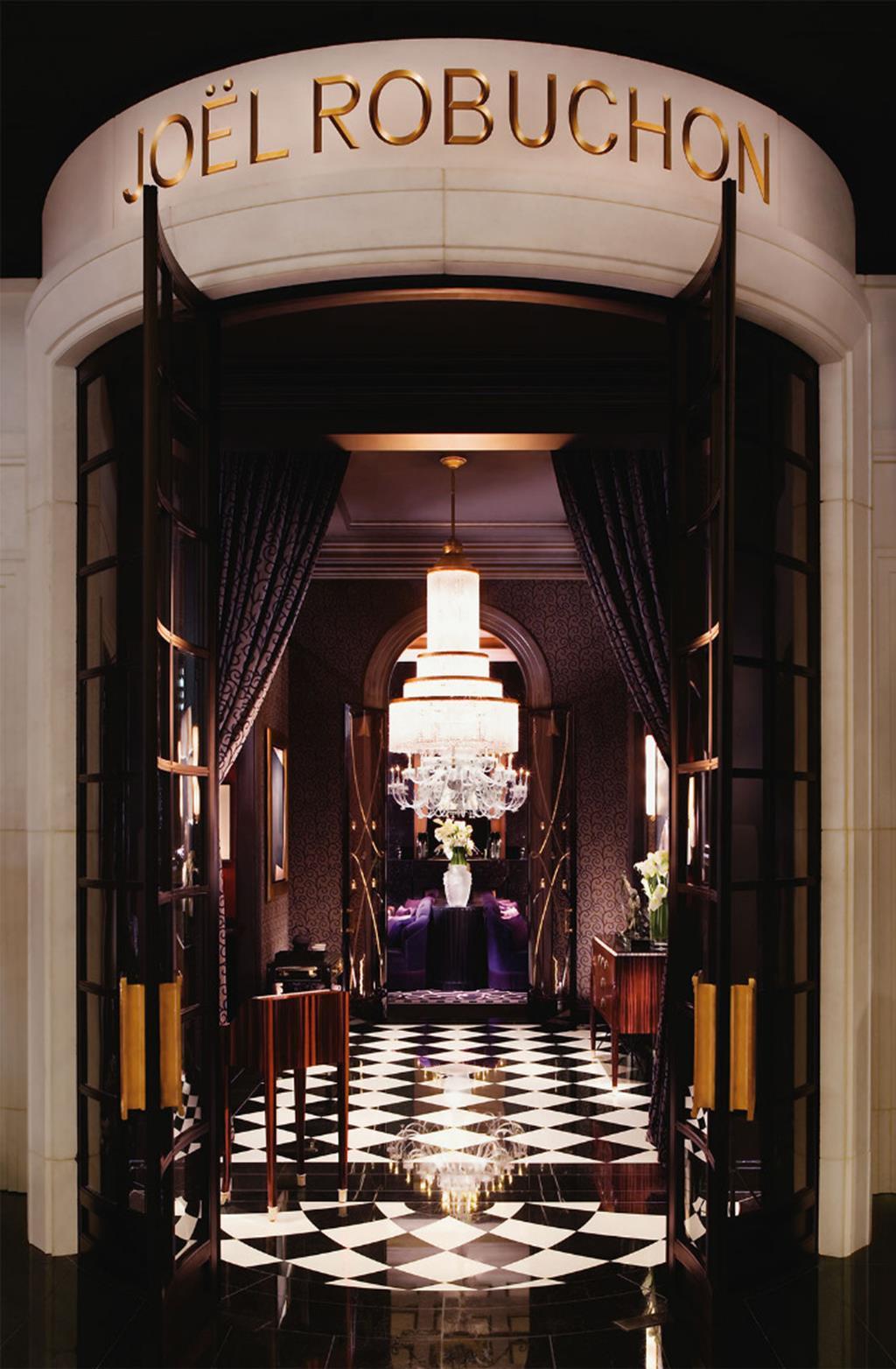
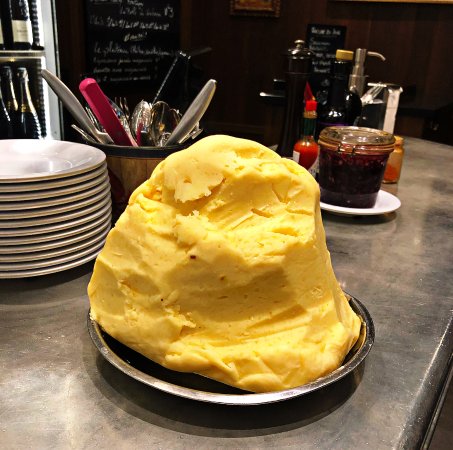



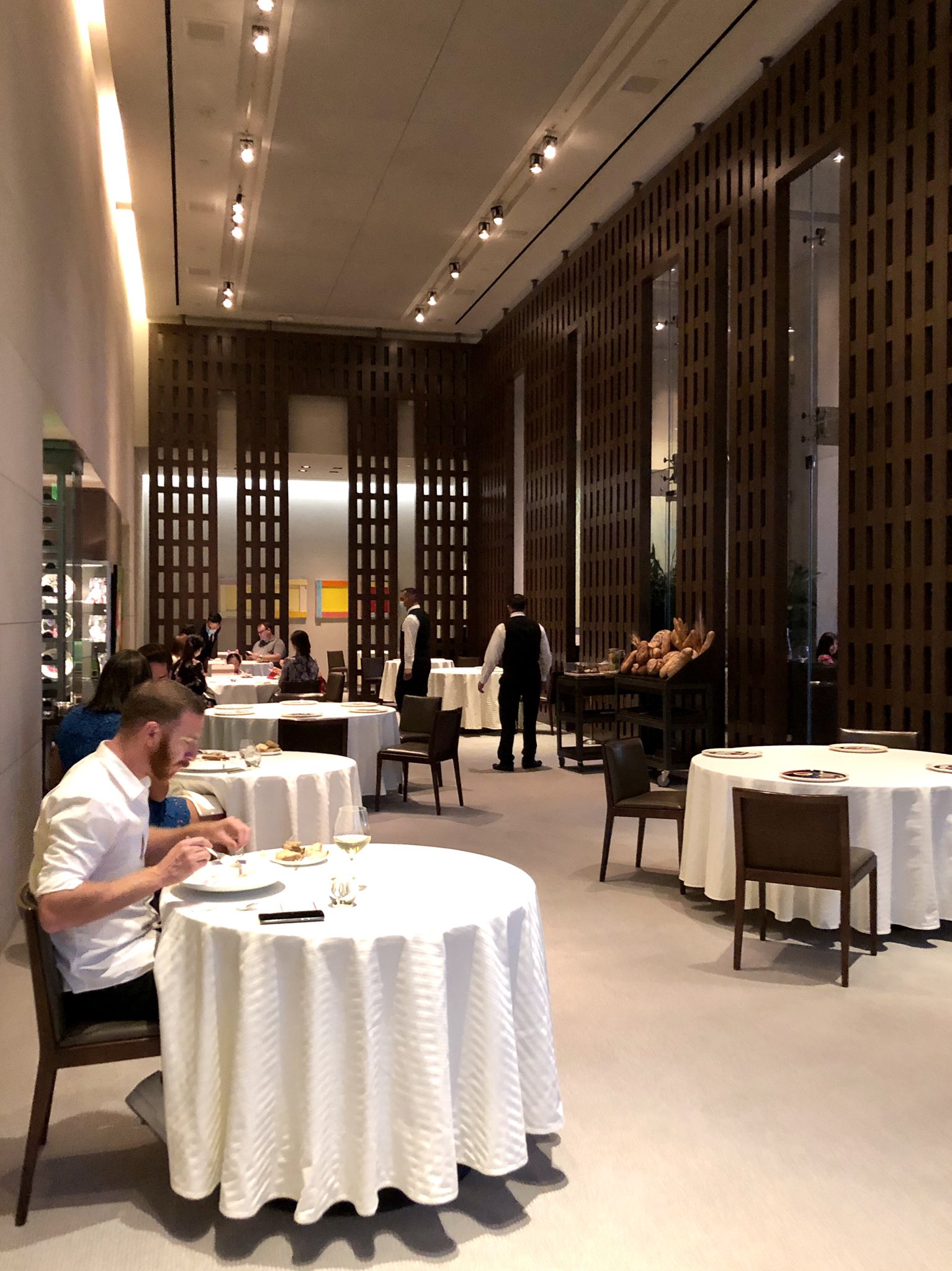
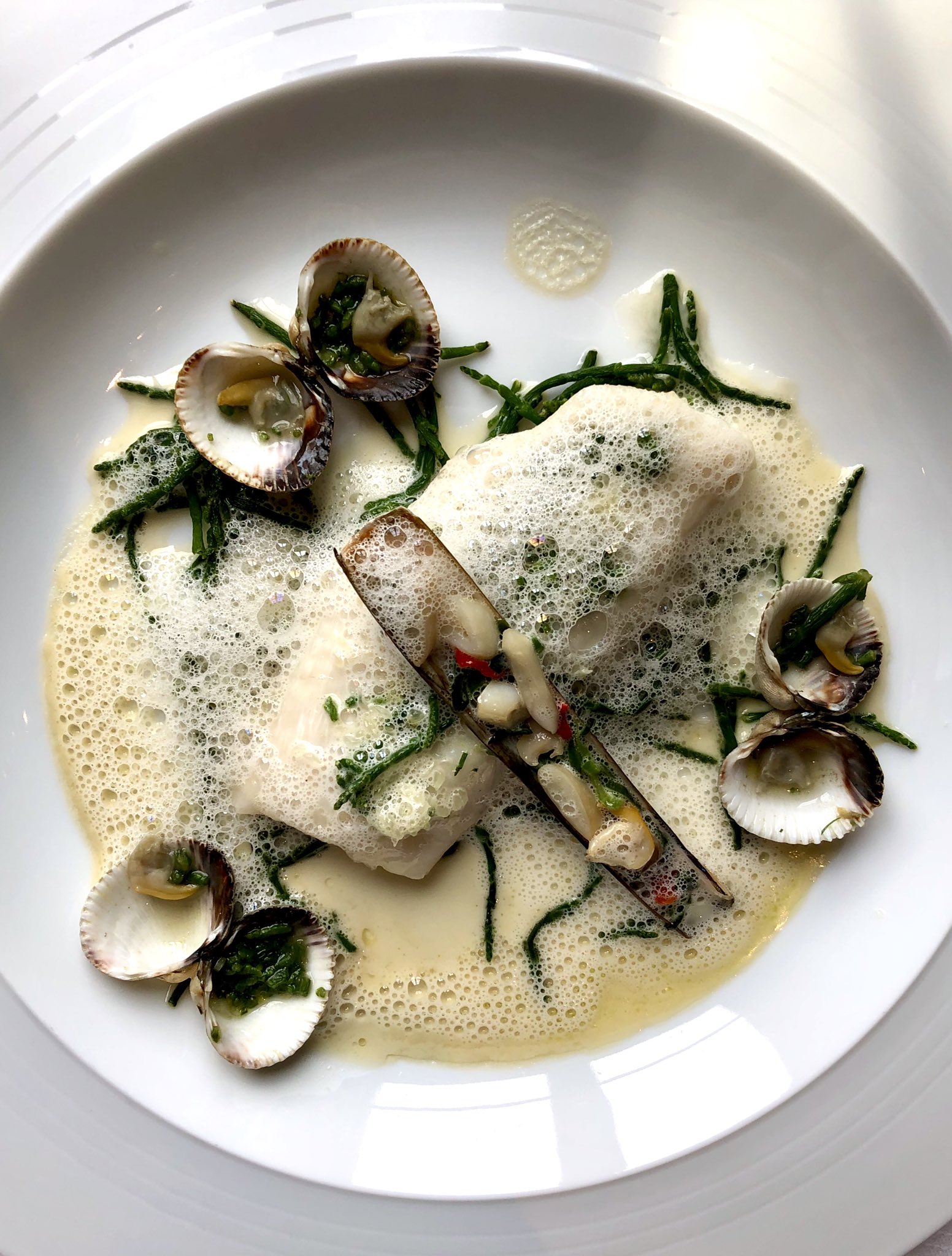 (It’s tough to clam up about GS)
(It’s tough to clam up about GS)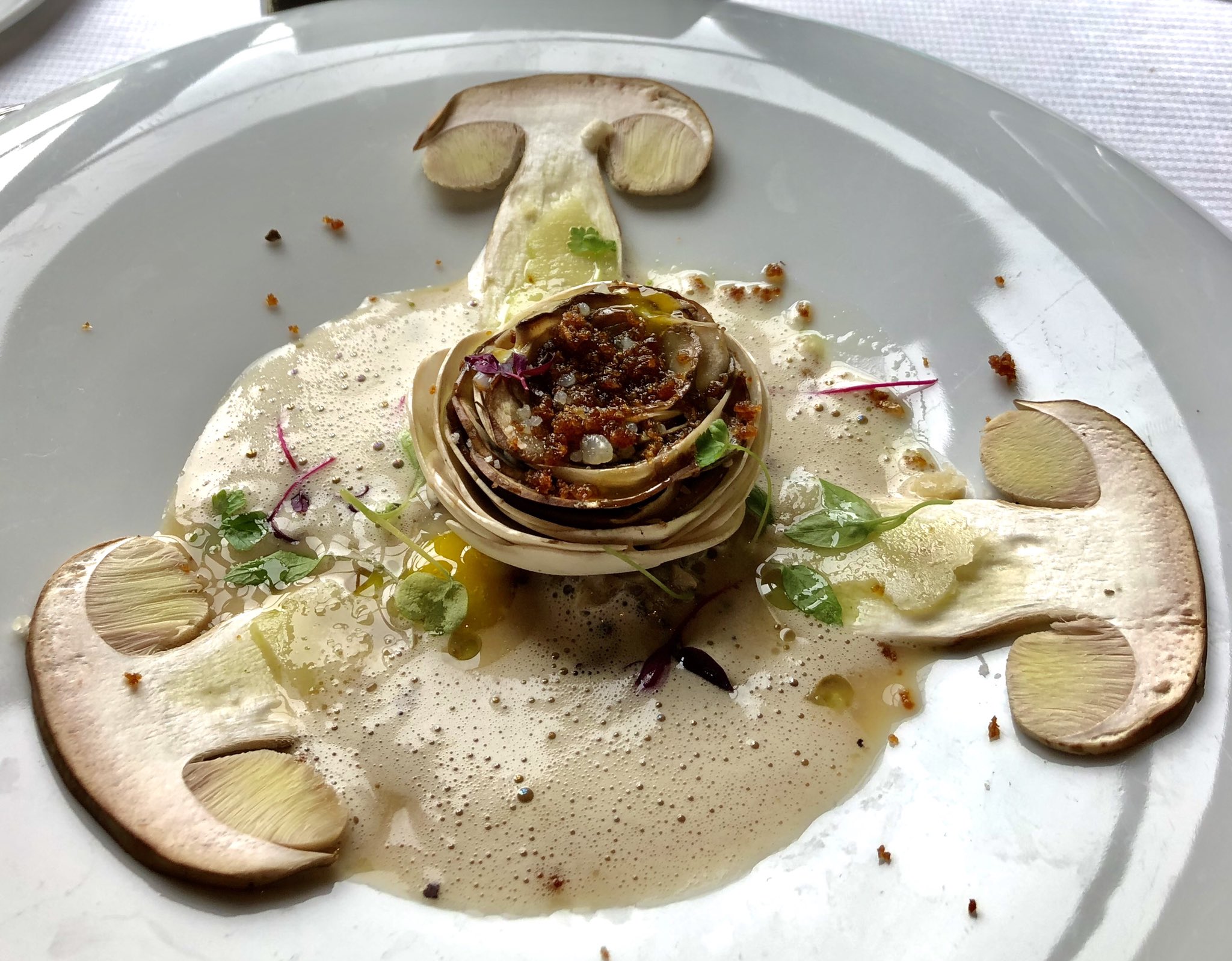 (Ex-cepe-tional Parisian eats)
(Ex-cepe-tional Parisian eats)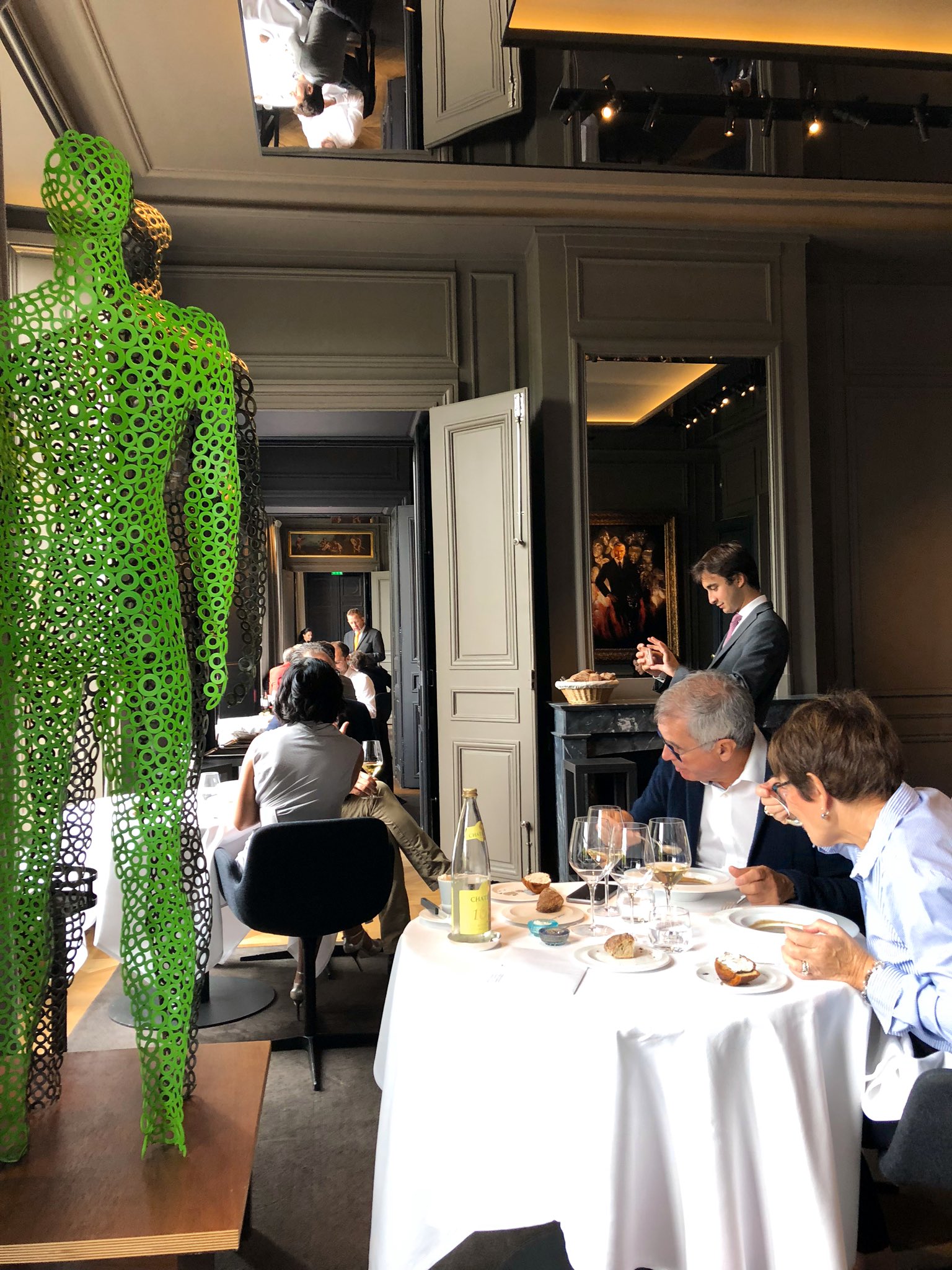 (Guy Savoy Paris)
(Guy Savoy Paris) (Sweetbreads and peas in Gay Paree)
(Sweetbreads and peas in Gay Paree)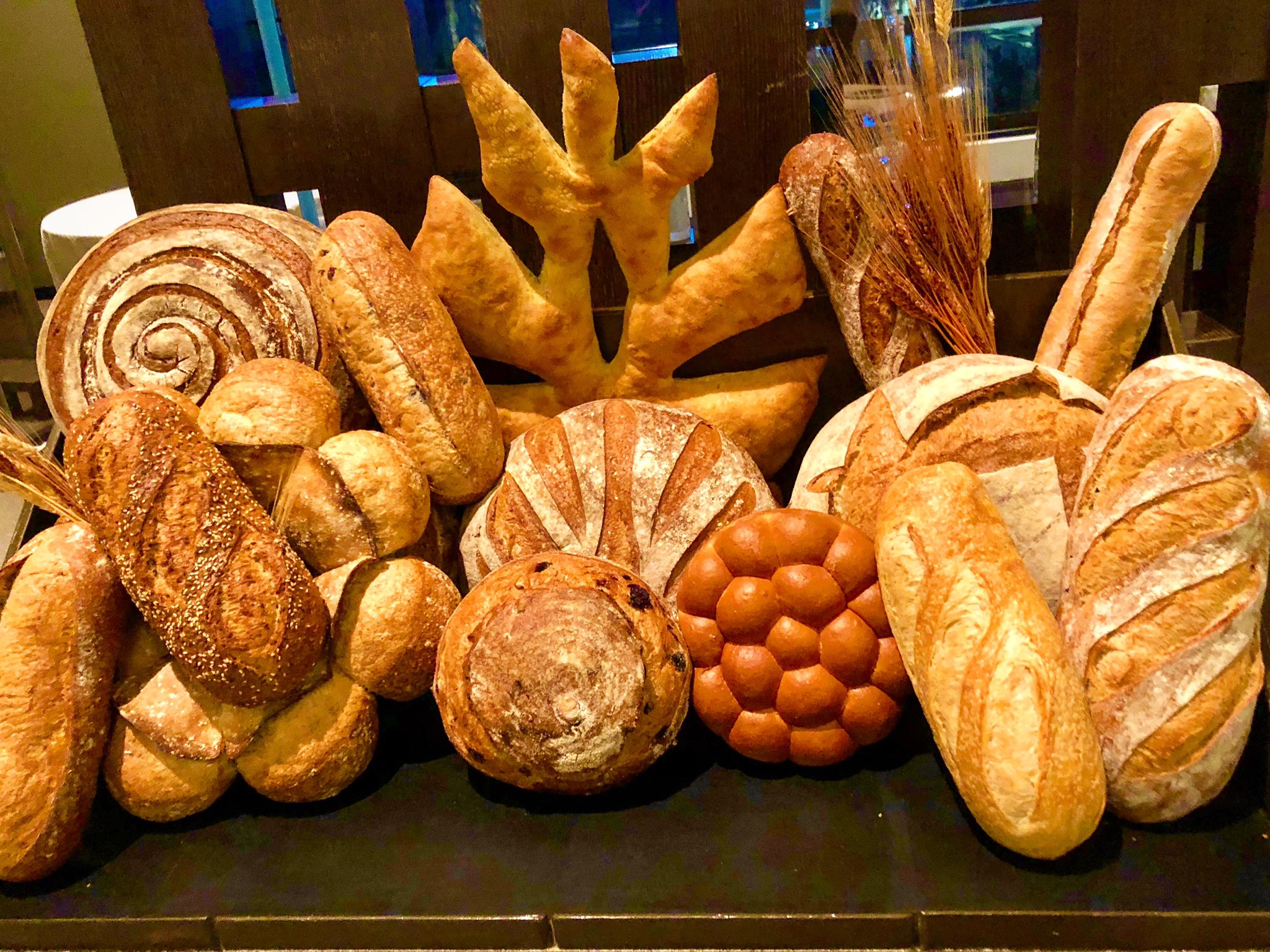 (There’s a lot to loaf about Guy Savoy)
(There’s a lot to loaf about Guy Savoy)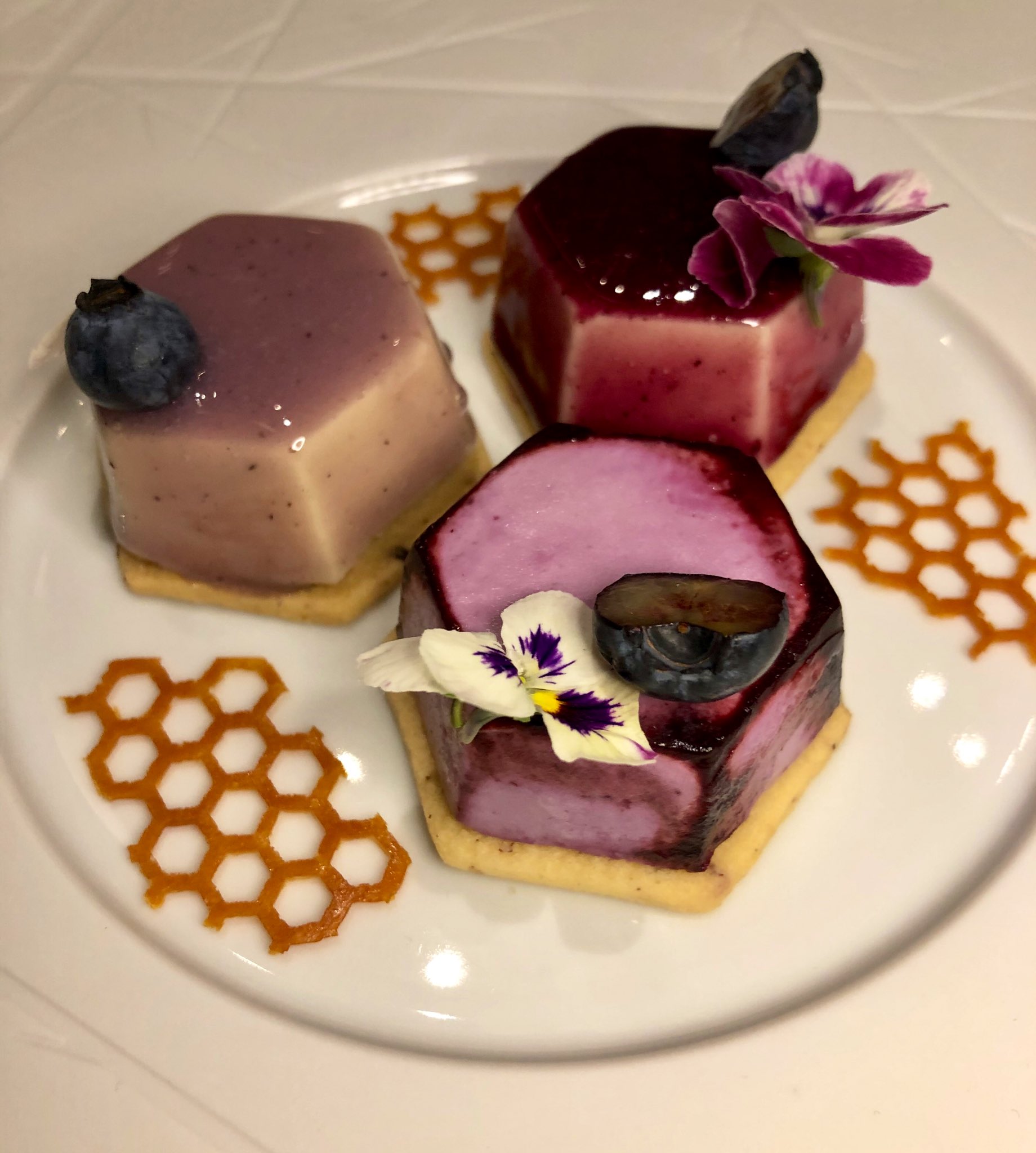 (Berry berry berry good)
(Berry berry berry good) (Spinach-truffle “Napoleon”)
(Spinach-truffle “Napoleon”)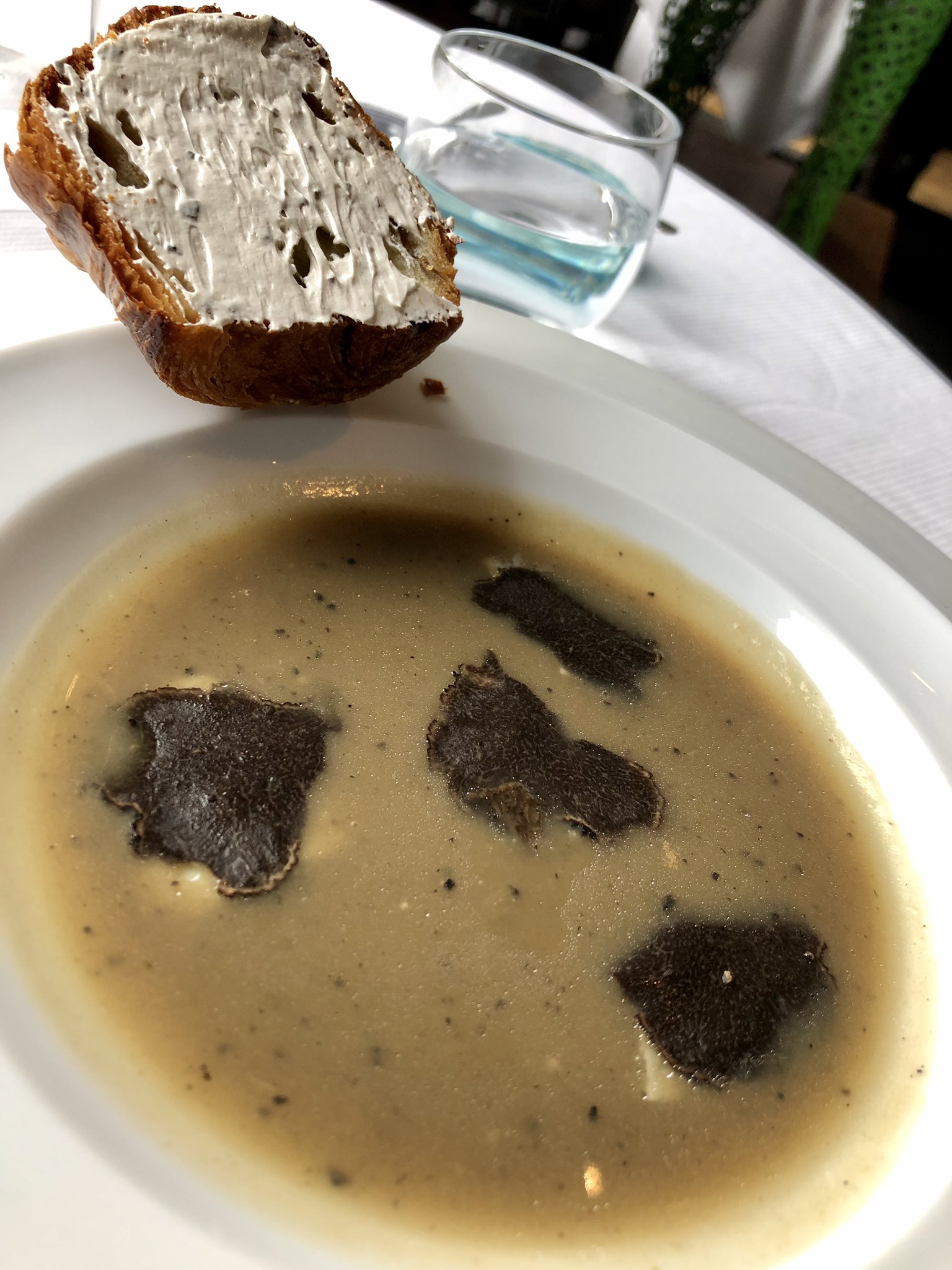 (The world’s greatest soup)
(The world’s greatest soup)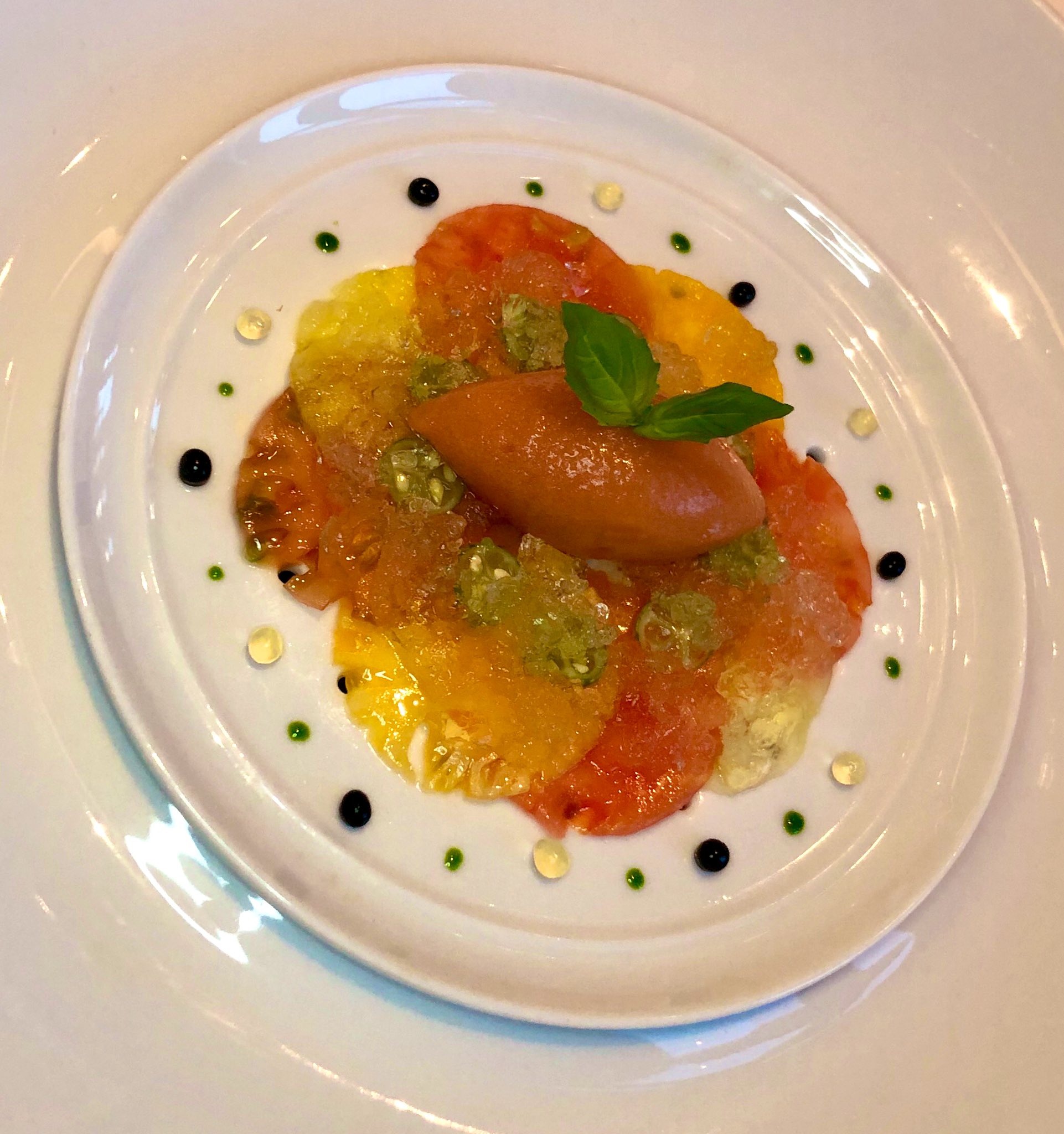 (Tomato “carpaccio” and sorbet)
(Tomato “carpaccio” and sorbet)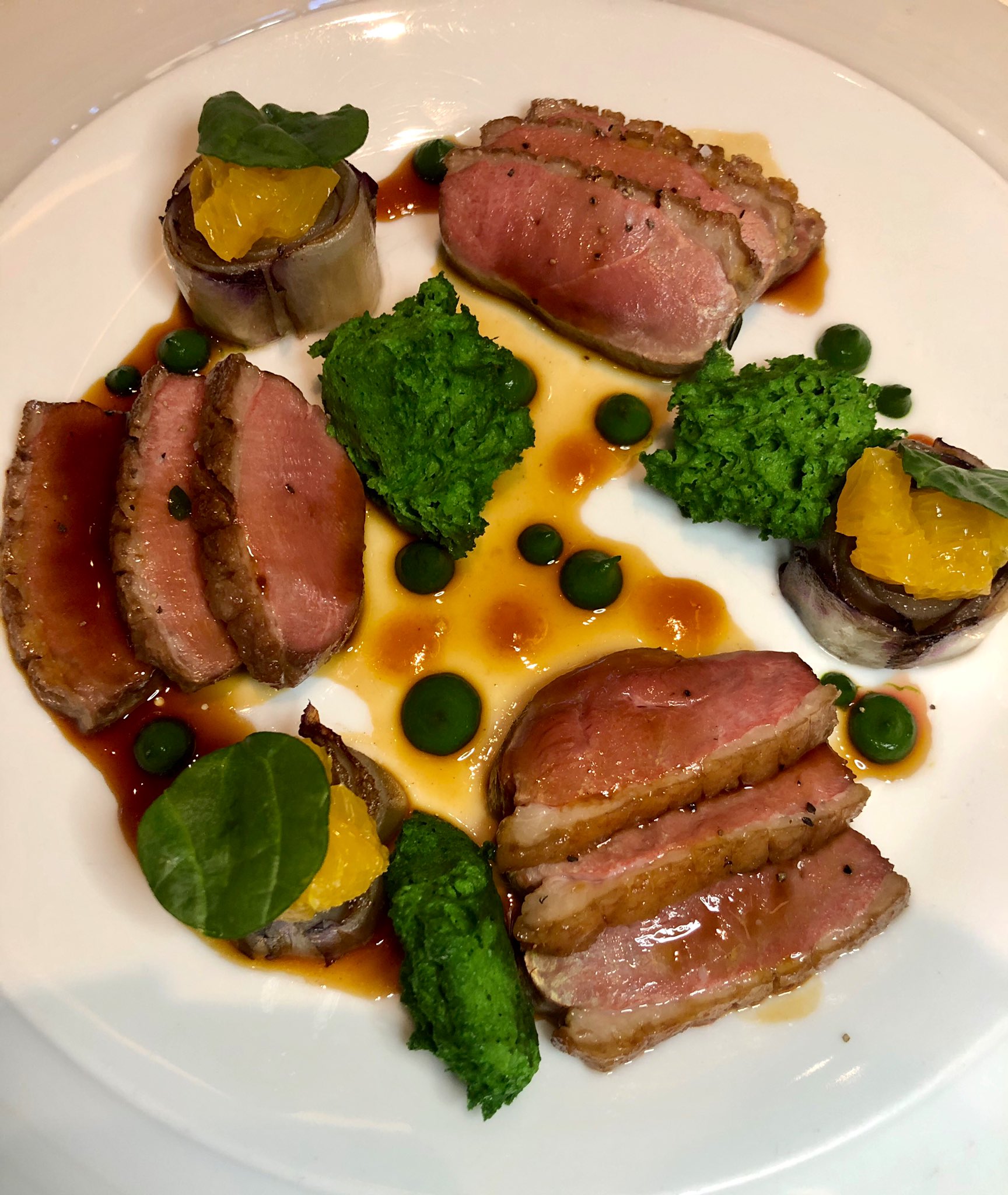 (The French know ducks like a Korean knows cabbage)
(The French know ducks like a Korean knows cabbage) (My usual at GS Caesars)
(My usual at GS Caesars)
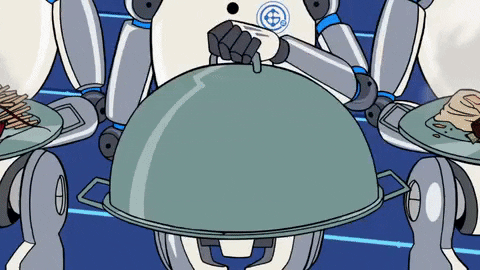

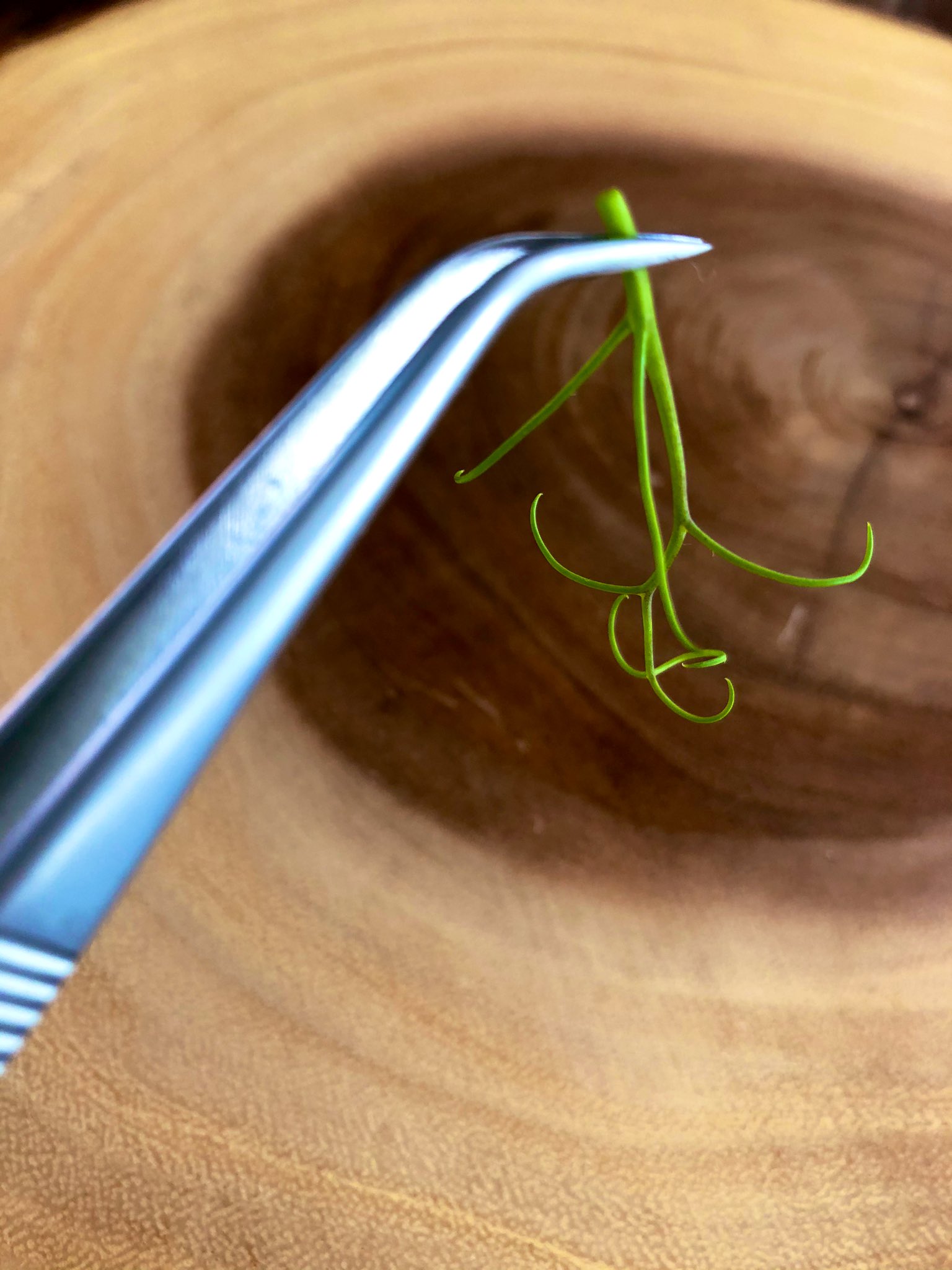
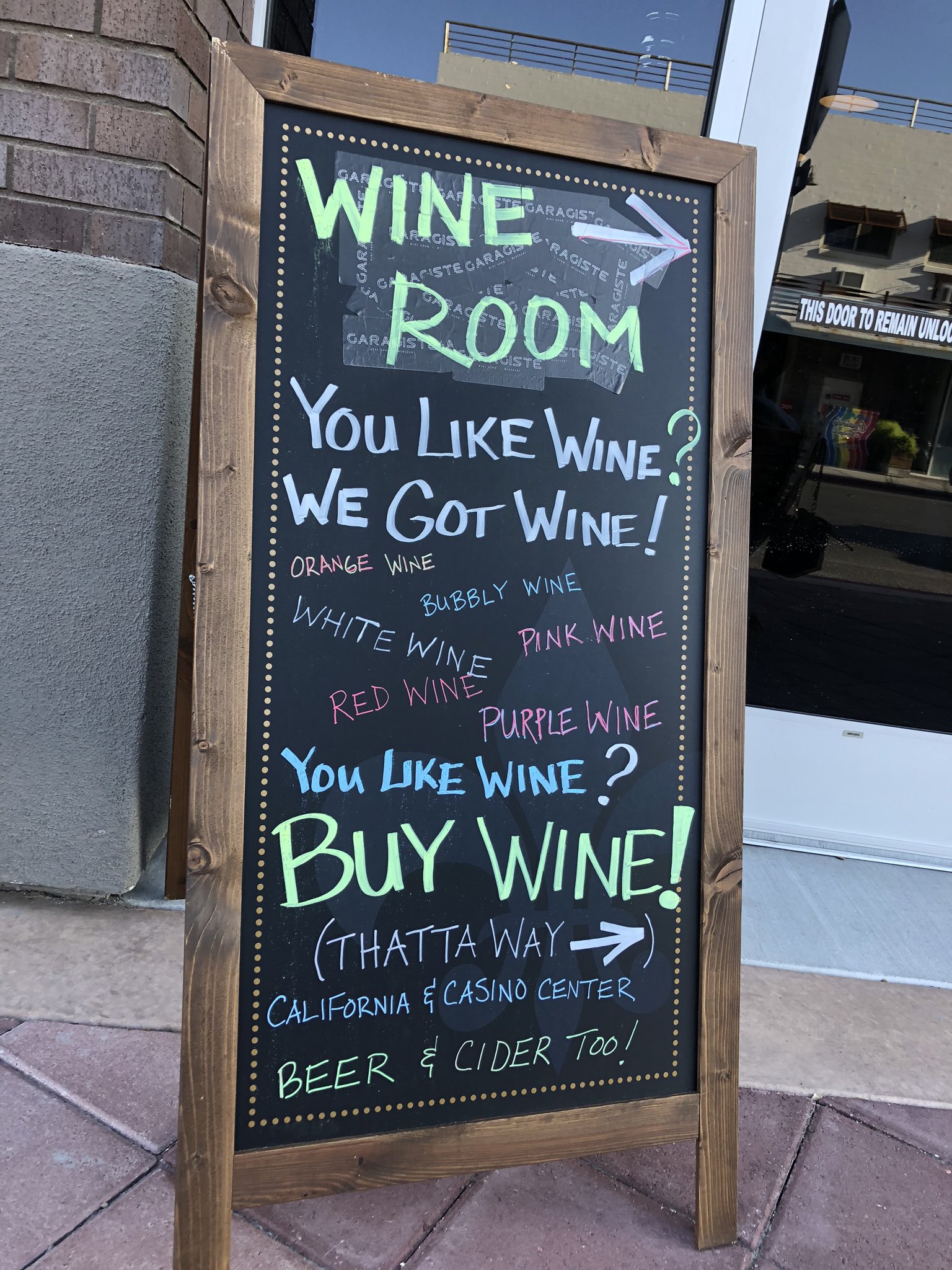
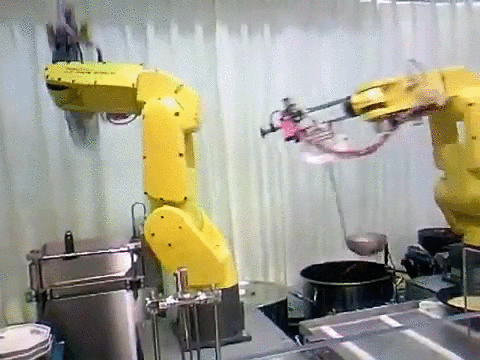
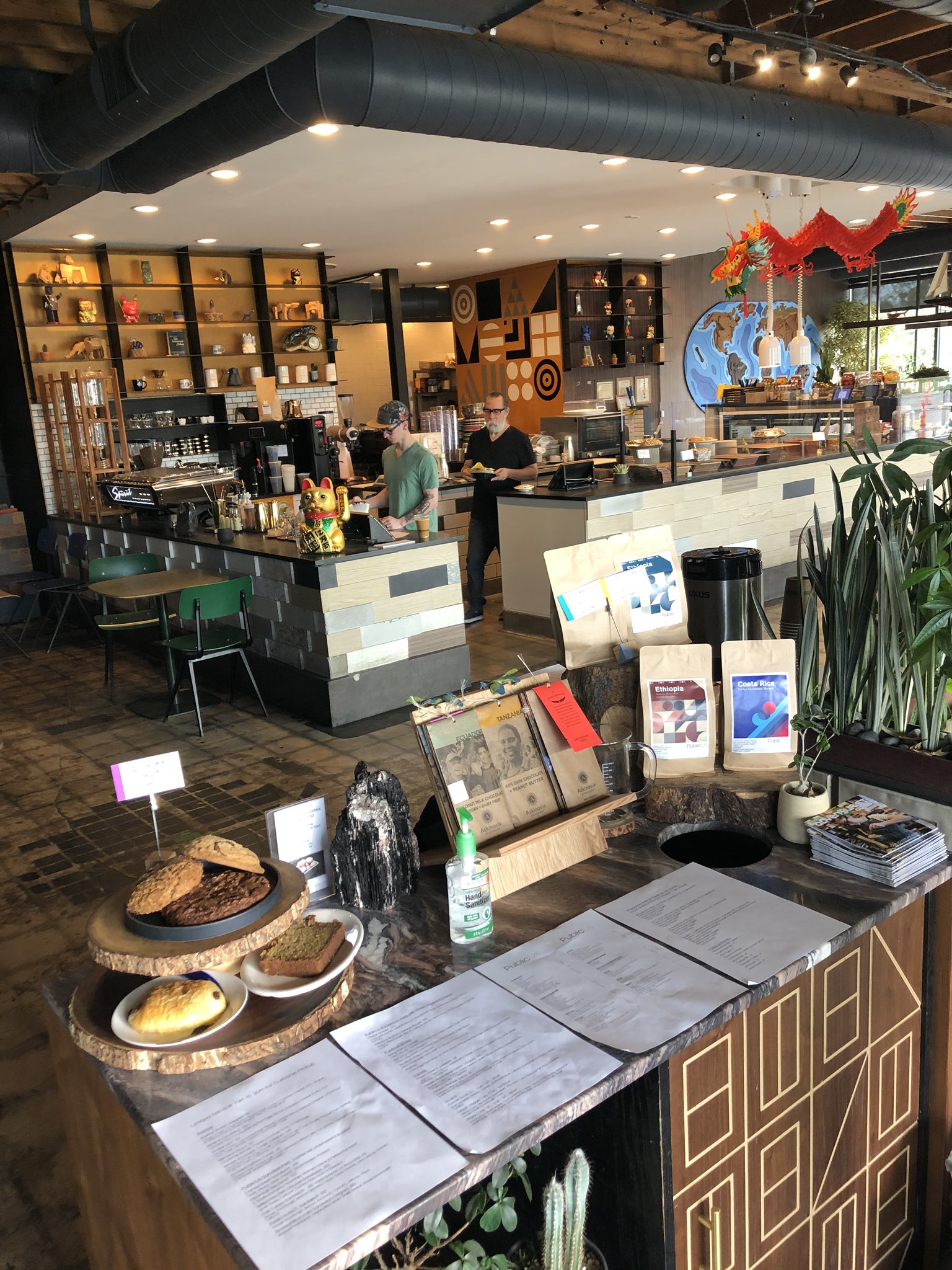
 (You got what you wanted, restaurants: no more critics! But just think of the cost. Cheers!)
(You got what you wanted, restaurants: no more critics! But just think of the cost. Cheers!)